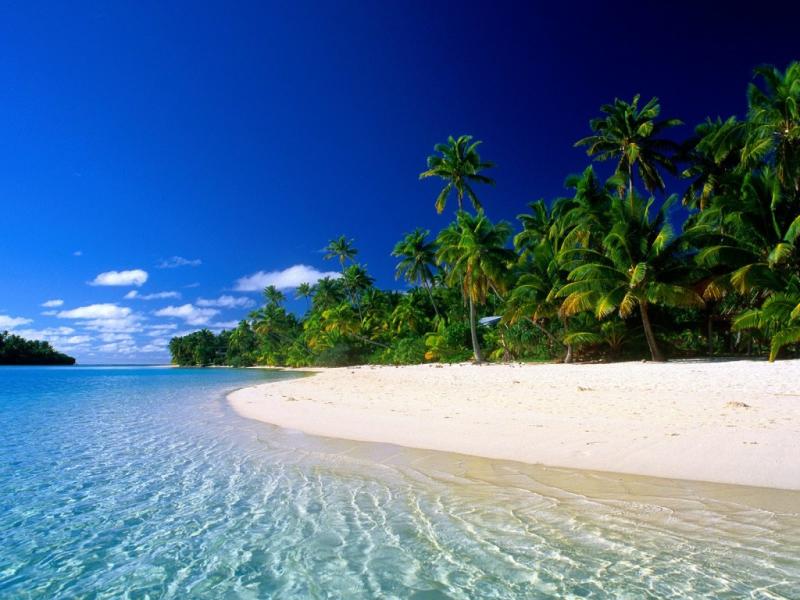
Barbados: Bridgetown and the Sights
By Laura Blake
The capital of the island paradise of Barbados, Bridgetown was formed by English settlers in 1628, and served as one of the British Empire’s base of operations within the Caribbean. Following Barbados achieving independence in 1966, the city has held the country’s parliament. Due to its colonial influences, the city contains many examples of historical British architecture, in contrast to its modern position as the hub for all commercial activity within Barbados itself, which has seen contemporary stylings emerge throughout the capital.
St Ann’s Garrison
A recent addition to UNESCO’s World Heritage Site list, the garrison area is the location of several key buildings within the history of Barbados as well as many of the island’s pivotal moments. It was here that the Union Jack was lowered and the flag of Barbados was raised to signify the arrival of independence to the country in 1966.
With its warm climate and fair weather, Barbados is the ideal location for someone to recuperate from an illness, which is most likely why George Washington brought his brother to the island in 1751, making it the only country the American hero set foot in apart from the United States itself. His residence was restored to its former glory, and those intrigued by great historical figures should definitely work in a visit to this historical holiday home during their time in the city.
The illustrious Garrison Savannah Racetrack also resides within this area. Traditionally a playground of the elite, the course is home to some of the most prestigious horse-racing events within the Caribbean region, including the Barbados Triple Crown series.
Kensington Oval
Known throughout the sporting world as the “Mecca of cricket”, the Oval has played host to some of the most thrilling battles of the modern game, including the finals of the 2007 Cricket World Cup and the 2010 ICC World Twenty20 tournament. The grounds rich history starts in 1882; the local Pickwick Cricket Club first started playing on the land. Since then, 43 international test matches have been played on the ground, with the West Indian team winning nearly half of them outright, making the ground something of a fortress for the home side.
Due to its 28,000 capacity, the Oval has hosted a variety of non-cricketing events, including the home games of the Barbados football and hockey teams. When Barbados born superstar Rihanna returned to the country in 2011, this is the venue she chose to play, highlighting both the importance and versatility of this magnificent arena.
Crop Over Festival
The roots of this festival lie in the farming of sugarcane which historically formed the backbone of Barbados’s economy. With the overwhelming majority of the island’s inhabitants working within the sugar plantations or at the rum distilleries, the nature of work on the island was seasonal, and based around the lifecycle of the sugarcane crop. Crop Over began in 1688 as a way for the workers to celebrate the end of the sugar cane harvest, which signified the end of the working year for many.
The festivities last for around two months, and following the resurgence of the festival in 1974 after the Second World War caused it to become neglected, the festival serves as a celebration of Bajan life, with skilled displays of music and dance frequently available across the entire island. Those who love a festival atmosphere and wish to learn more about the Caribbean way of life should head to Barbados during the summer months, when Crop over is in full swing.
Chamberlain Bridge
A bridge has spanned the watery expanse of the Careengee River that runs through the centre of Bridgetown for several centuries. The indigenous Arawak people had constructed a wooden structure which European settlers frequently replaced following their arrival in Barbados to prevent disruption to the economic activity within the region. Seeking a more permanent solution, plans for a metal swing bridge were commissioned in 1865, and took seven years to complete, due to design flaws and the long distance shipping of materials.
Not long afterwards, the bridge was severely damaged by a hurricane, causing British Colonial Secretary Joseph Chamberlain to fund extensive repairs, with the bridge being renamed in his honour as a result. It is the Chamberlain Bridge that gives Bridgetown its name, due to its historical importance to trade within the country, and despite a recent refurbishment in 2006, it still retains its grandeur. As you walk along this bridge, you sense all the past of this former colonial outpost, and while the bridge no longer takes road traffic, it is still revered within Bridgetown.
Share this article:



















